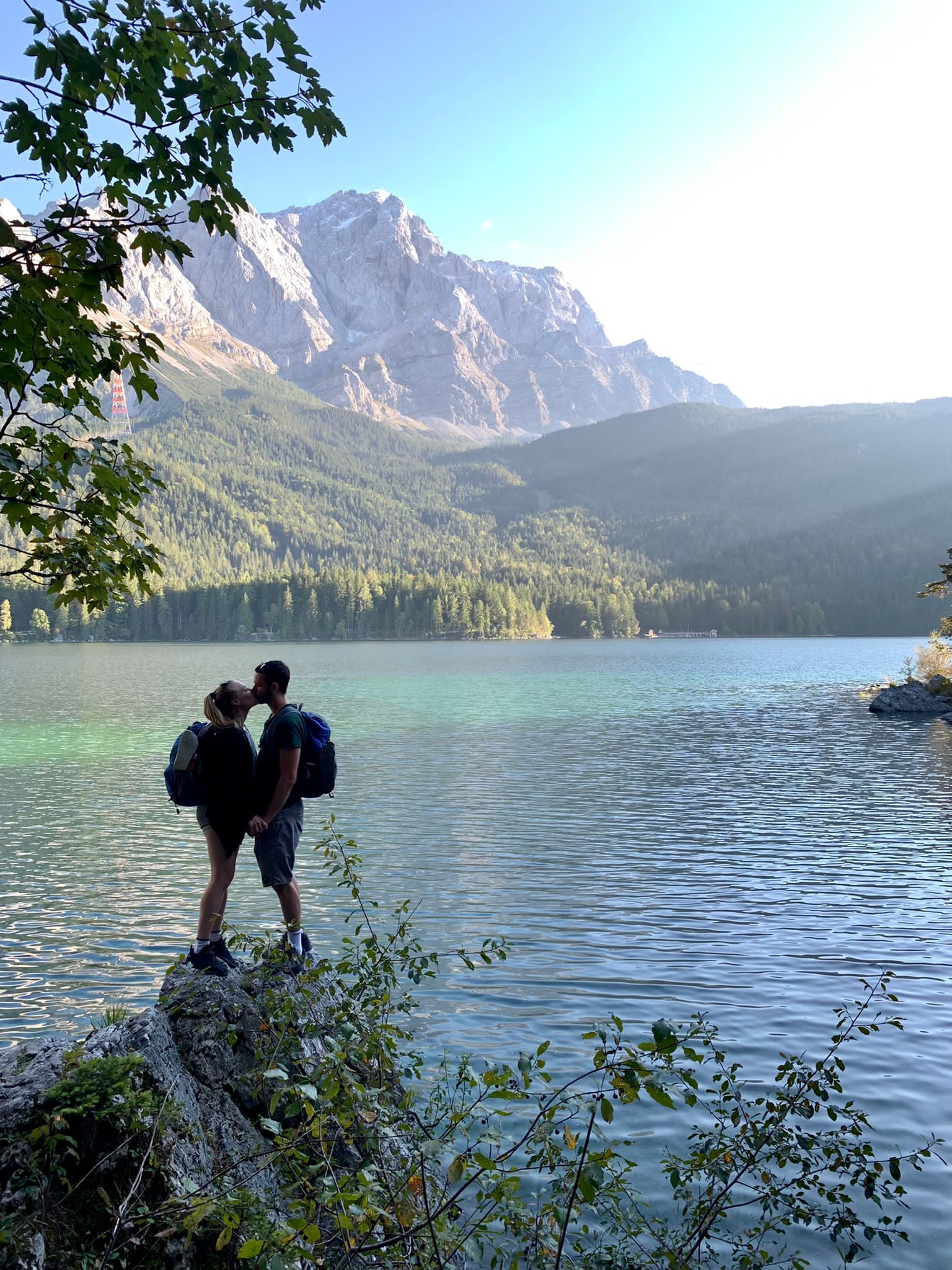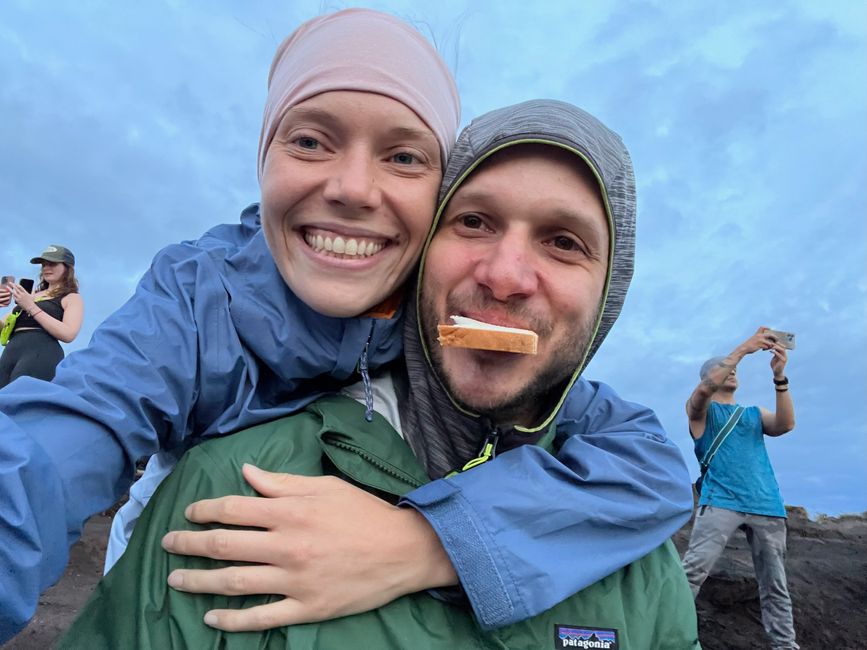Nasca
ຈັດພີມມາ: 20.07.2023
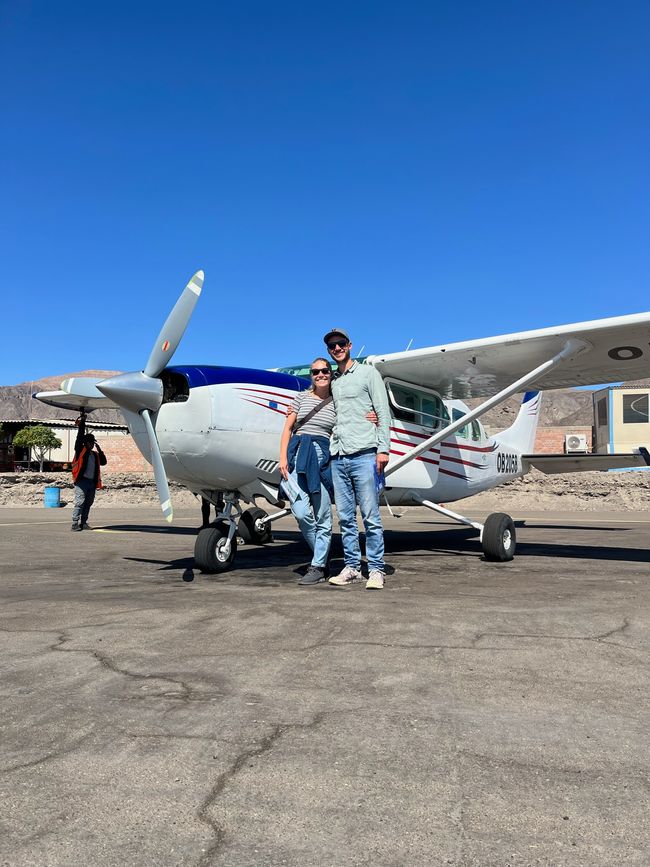
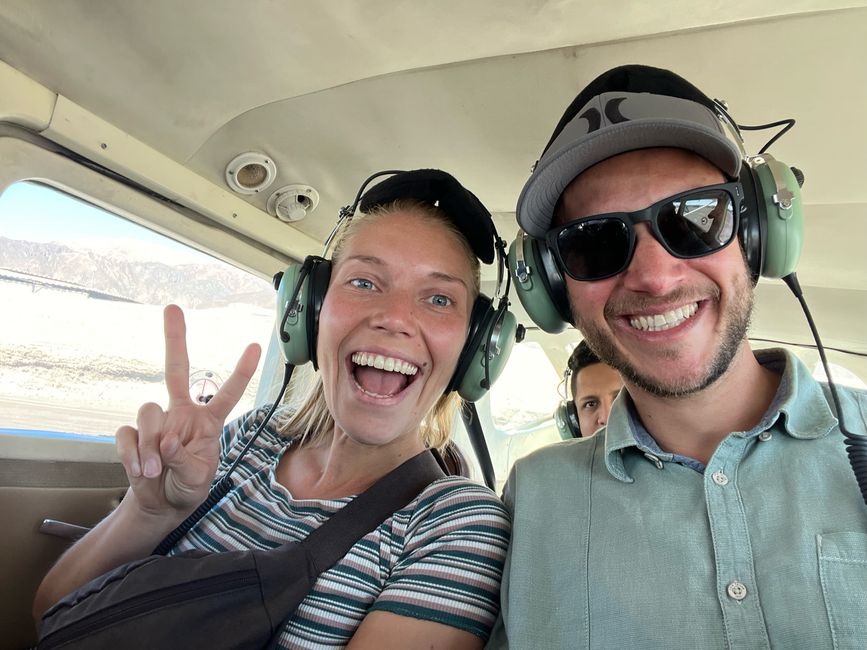
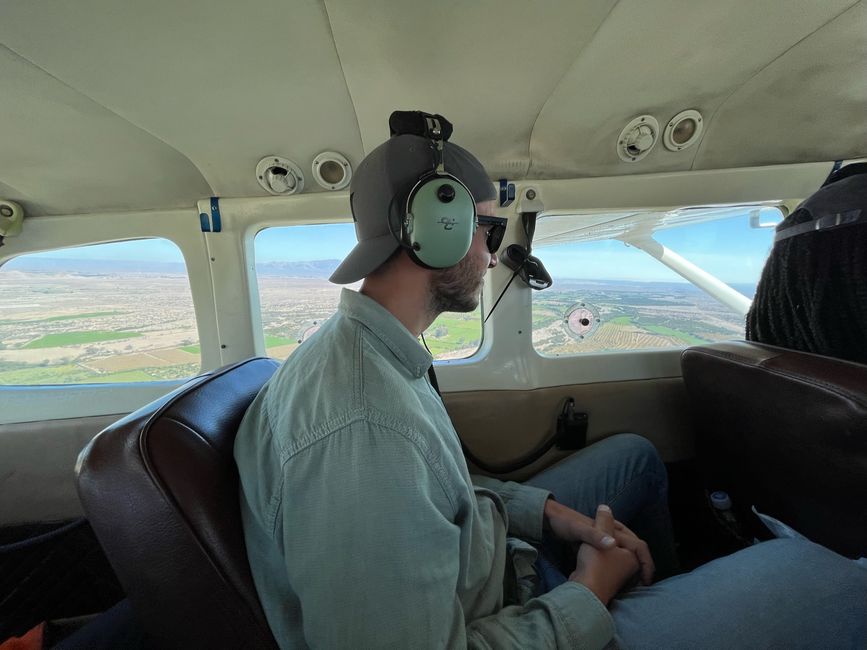
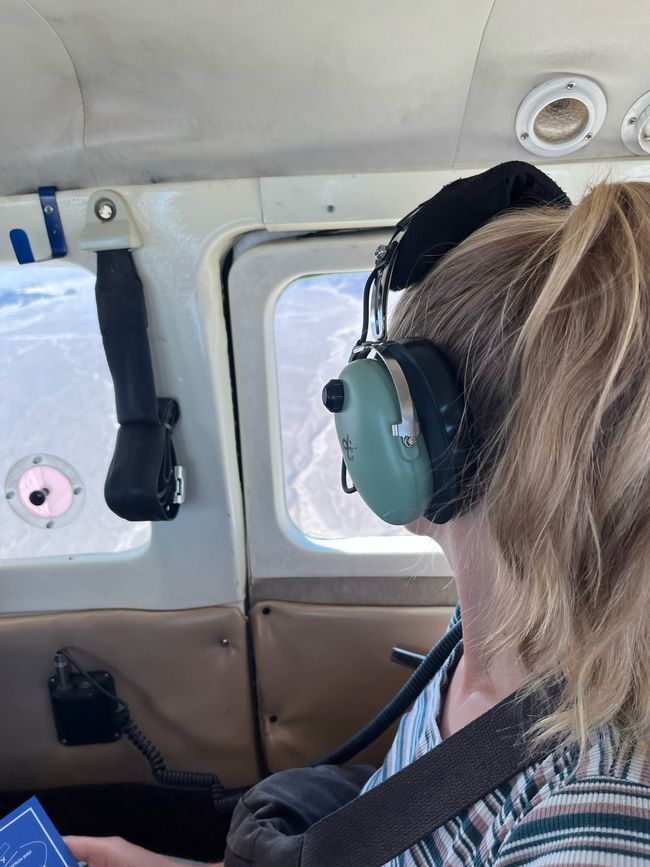
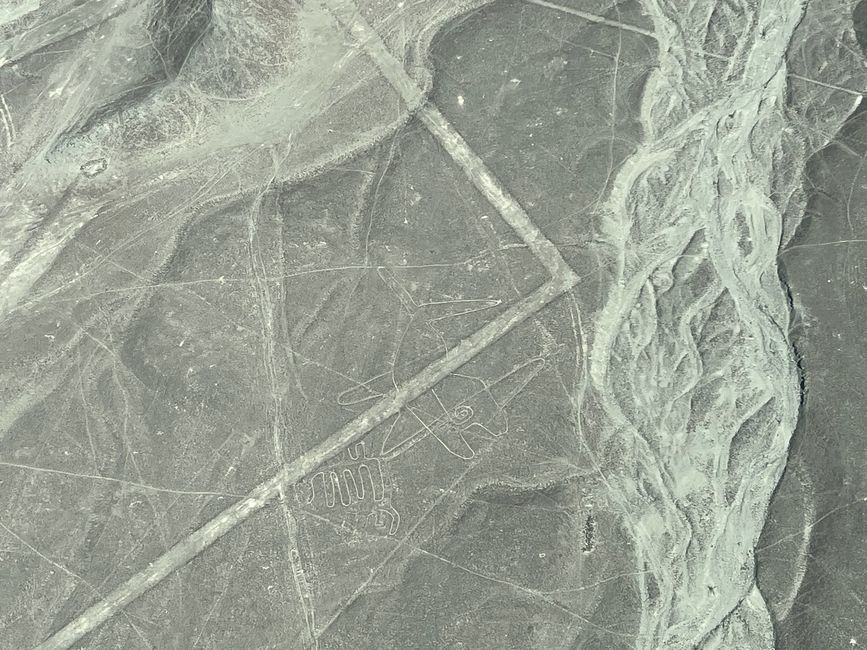
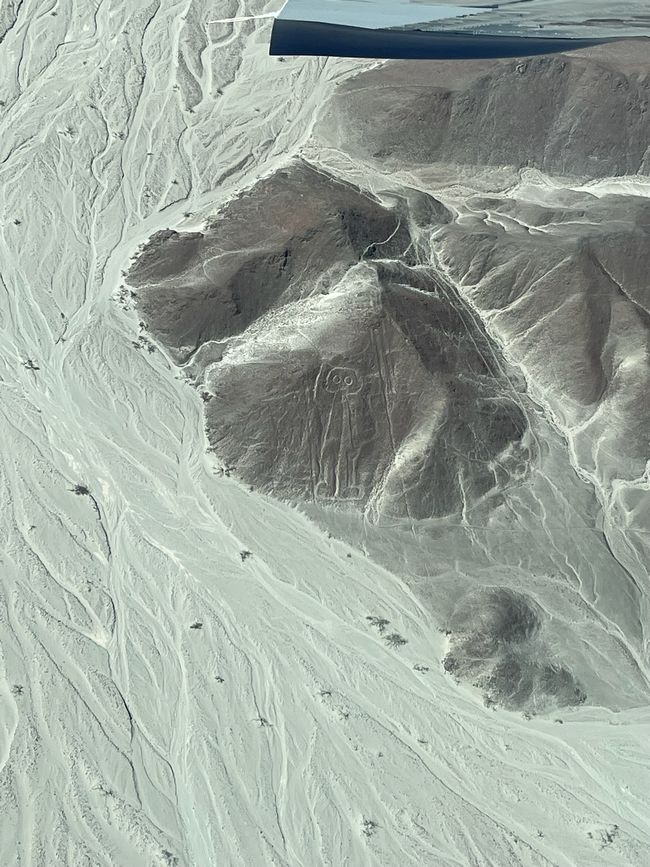
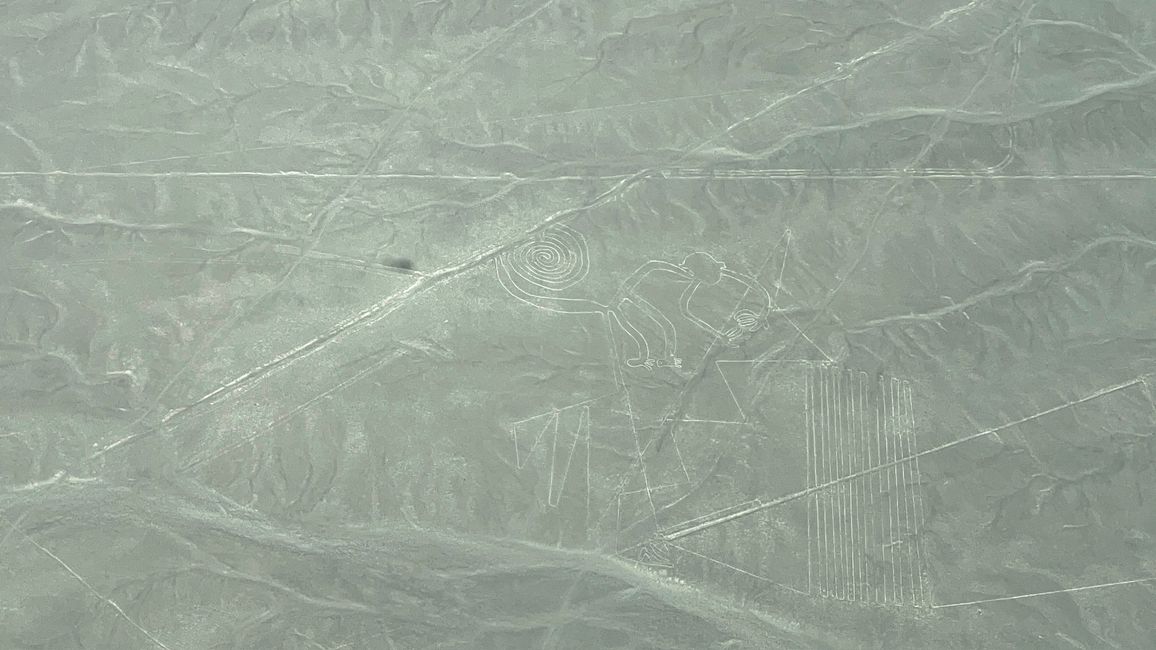
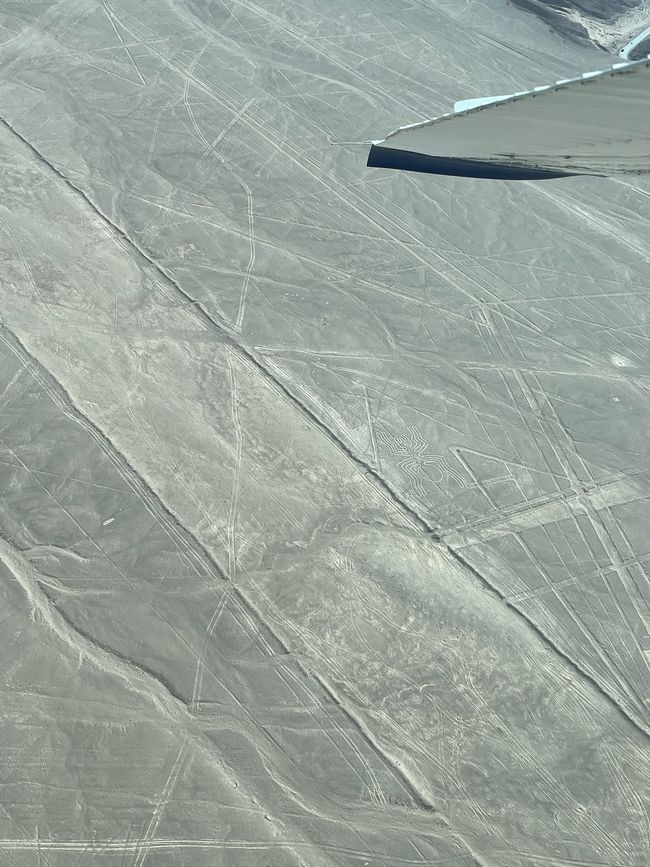
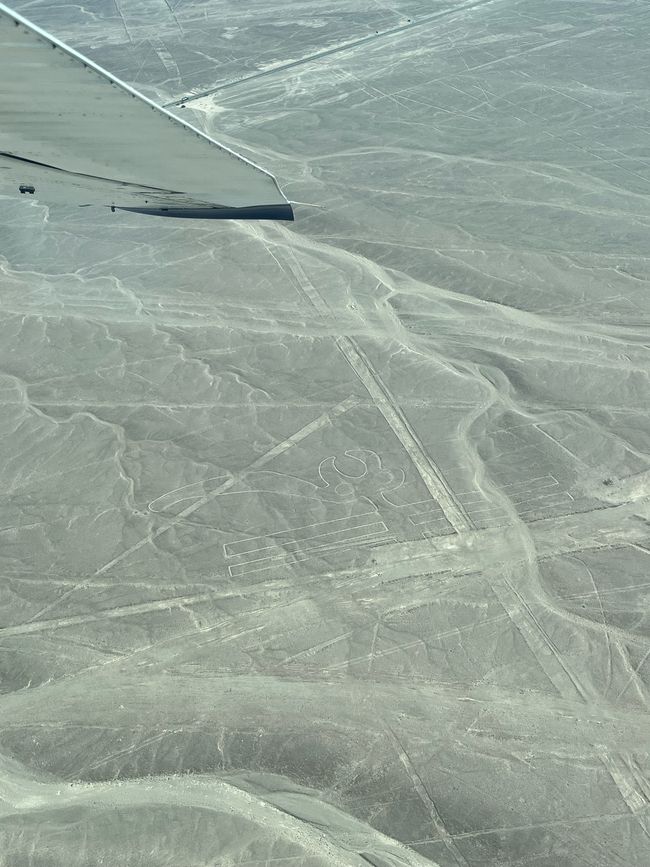
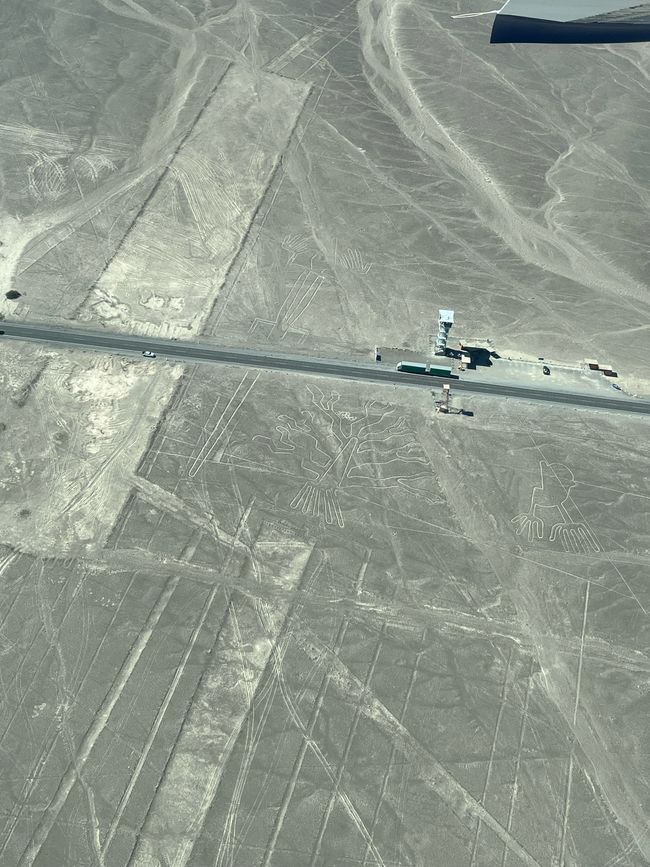
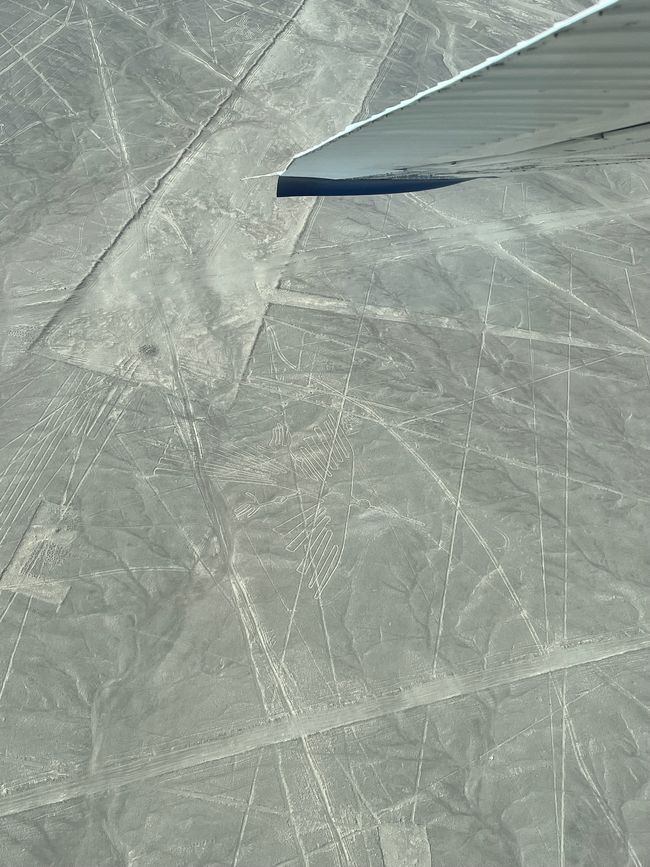
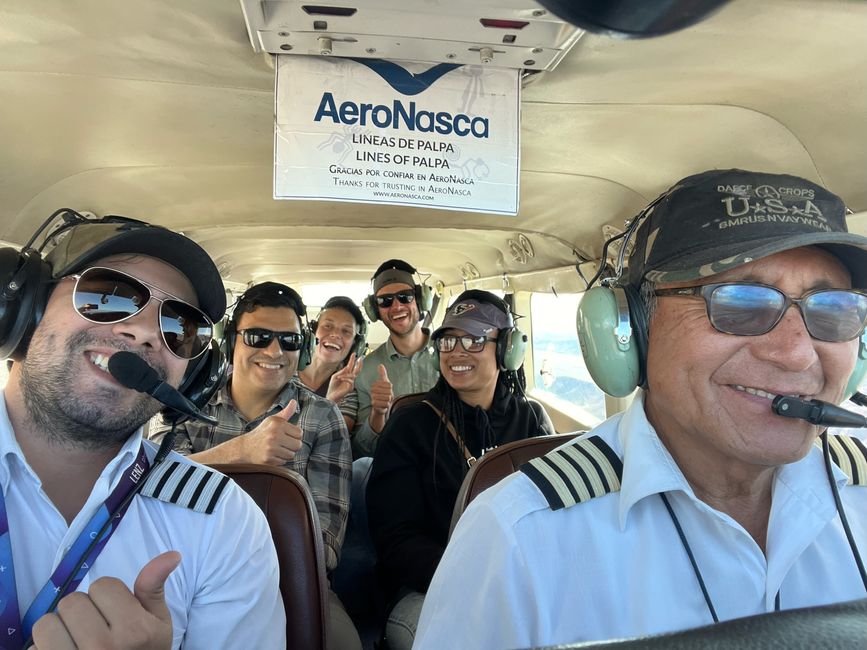
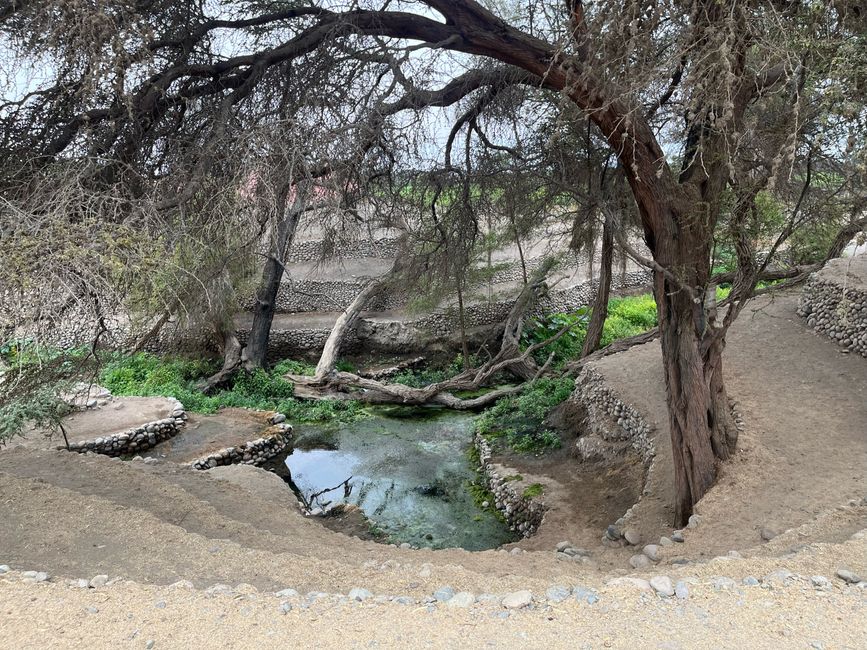
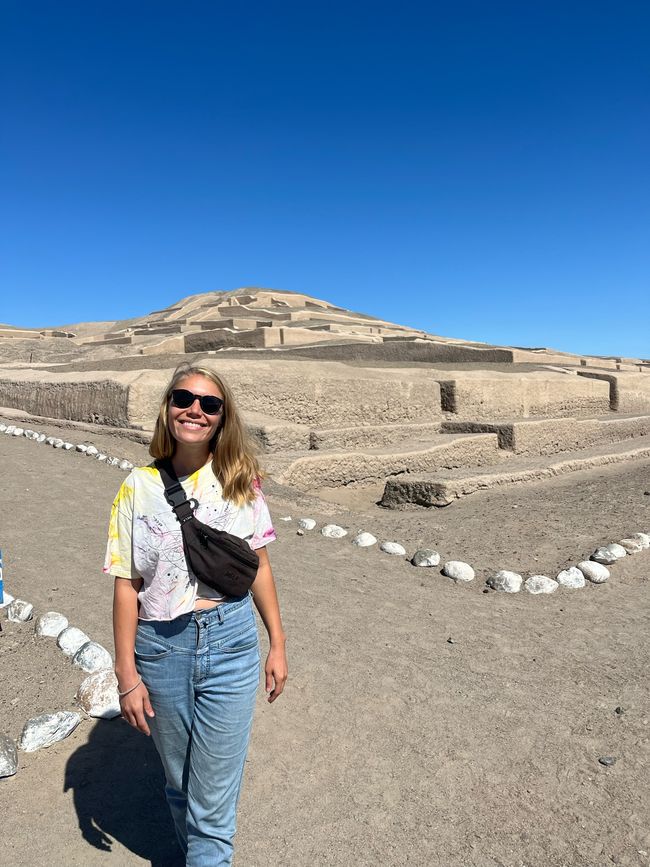
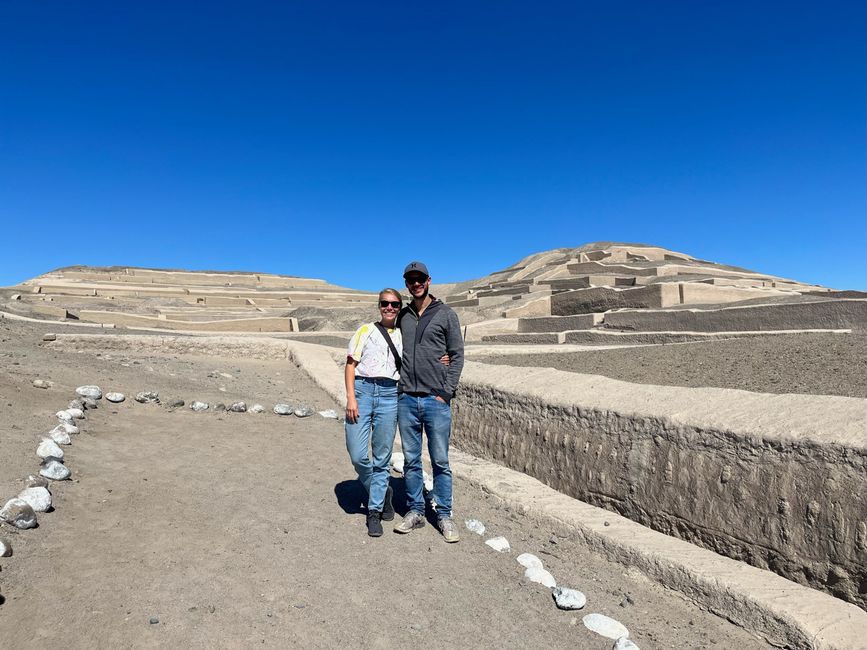
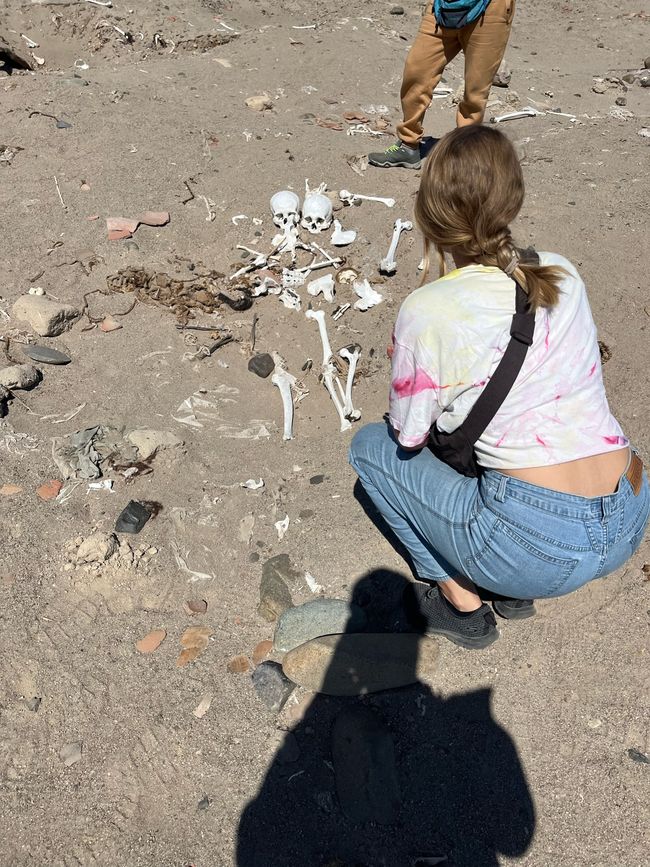
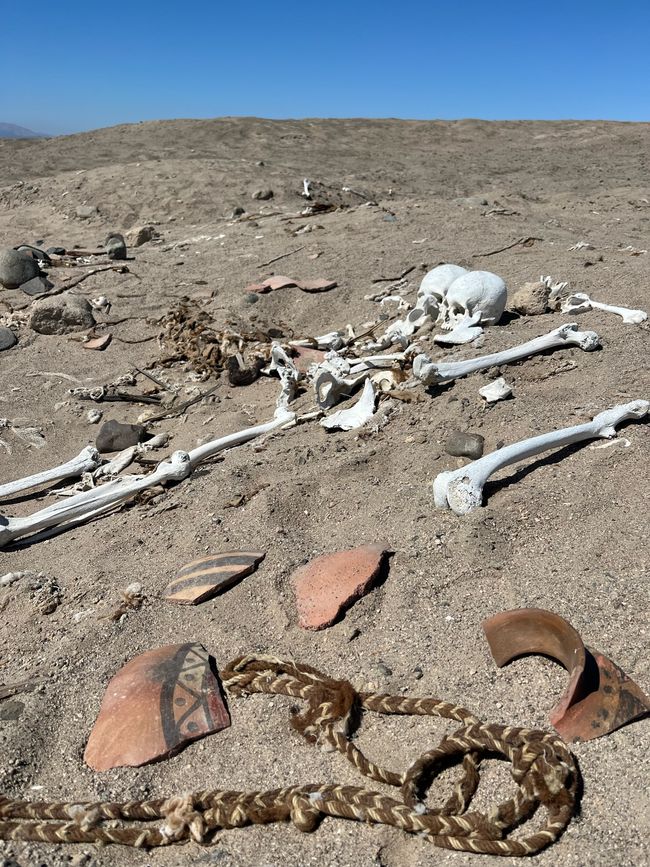
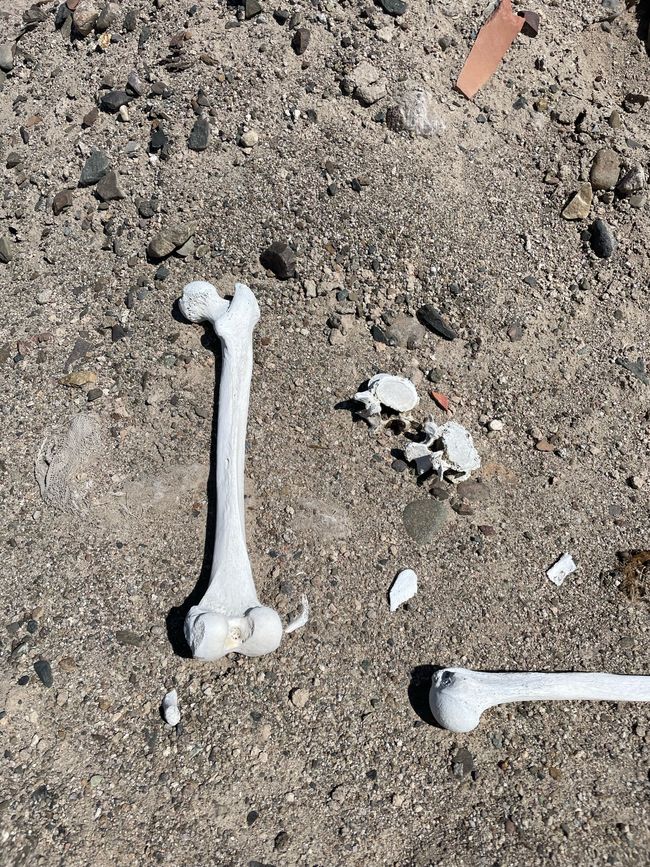
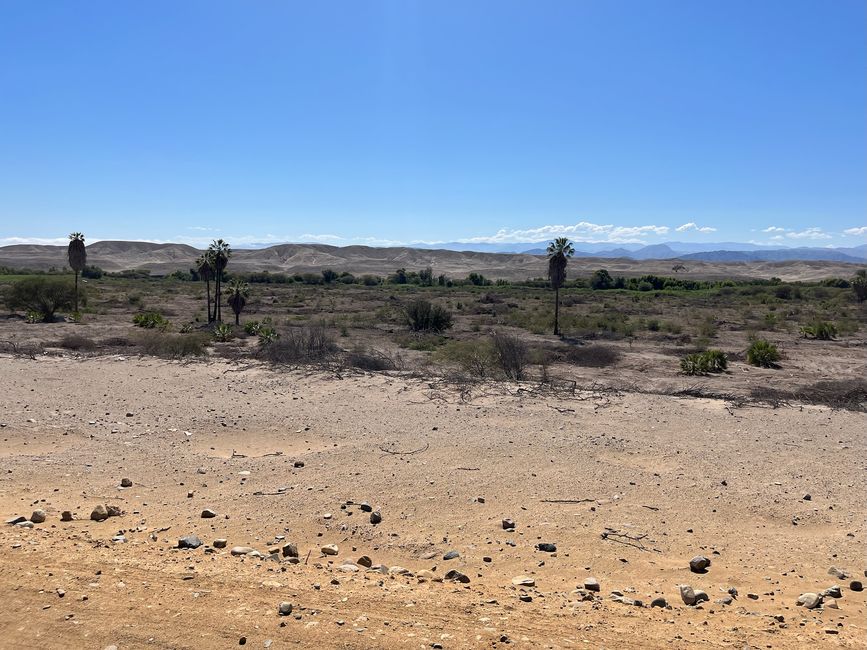
ຈອງຈົດຫມາຍຂ່າວ
The journey to Nasca, located in the Peruvian part of the Atacama Desert, took us on a night bus ride along an extremely winding road with steep slopes. This did not go unnoticed by Philip, who felt sick due to the altitude, and we also had a restless night due to the many curves. So we arrived in the small town of Nasca a bit battered, fortunately only 520m above sea level, which made breathing very easy for us. After resting briefly at the hotel, we headed to the small airport in the city. We had booked tickets for a flight over the famous Nasca Lines. The plane was a "Cessna" for 5 passengers plus 2 pilots. We all received headphones to listen to the co-pilot's explanations, as such a small plane makes quite a lot of noise. Since both of us were sitting in such a small plane for the first time, even taking off was already a highlight. We flew over the vast plain in the middle of the desert, where the Nasca and Paracas people drew mysterious figures and huge geometric shapes between 800 BC and 600 AD. There are various theories as to why they did this. Some images represent pleas to the gods, for example for rain. There were also many animal images, such as a large monkey, a dog, a hummingbird, and a spider. The geometric shapes were both gathering places for rituals and possibly signposts through the desert. Another theory is that they were used to interpret the constellations. The "how" is relatively well established. The figures are only a few centimeters deep in the sand, as only the top, heavy, mineral-rich layer needs to be removed to achieve contrast with the underlying white sand. The reason that the figures do not blur even after such a long time is that the mineral layer is very heavy and also forms a gas that prevents the wind from blowing away the lines. However, how it was possible back then to draw the whole thing so accurately in the sand without an airplane is indeed a good question and must have been due to the Nasca people's passionate devotion to their beliefs. The animal and nature images are sometimes over 100m tall and the geometric figures are several kilometers long. There was also the wild theory at one point that they were messages from extraterrestrials. One figure actually looks a bit like an alien, but it represents a shaman who acted as a mediator between the people and the gods for the Nasca - the large head is to be understood as an expression of knowledge. In order for both sides of the plane to have a good view, we flew some sharp turns, which made us a bit queasy after 30 minutes. However, once safely back on solid ground, this feeling gave way to the enthusiasm that we were able to see such a historically significant mystery from the air!
Actually, we thought that the lines would be the only thing to see in Nasca. However, there was a local tour guide working at our hotel who recommended a tour to the roots of Nasca culture. Since our bus was not leaving until the afternoon anyway, we accepted the offer and were not disappointed. He first took us to an aqueduct, of which the Nasca had built many in order to successfully practice agriculture in this driest desert in the world. They were so skilled in it that they were considered the best hydraulic engineers of their time and partially led the water for kilometers and uphill to the fields. Afterwards, he took us to the enormous religious cult site of Nasca, the pyramids of Cahuachi, which he called the "pre-Columbian Vatican" because this place was also of great importance beyond the region. We were surprised that there was no official entrance and no entrance fee had to be paid. Our guide said that so far only about 8% of the site has been excavated and that was only possible thanks to an Italian investor, as the Peruvian government has no interest in the excavation. Finally, we went to a very dubious place, a cemetery that had fallen into the hands of grave robbers. The Nasca mummified their deceased and buried them with precious items and valuable clothing. What is left today are only the less valuable fabrics, bones, and ceramics that were not of interest to the robbers. But all of this was simply lying around unprotected and freely accessible - somewhat macabre but also interesting.
Our guide explained to us that in addition to irrigation techniques and mummification, the Nasca also mastered trepanation for surgical purposes - the latter they had even learned from the pre-existing Paracas. The end of the Nasca came through a long period of drought, which forced them to relocate, leading to the formation of rival clans. Ultimately, they were all wiped out by the warlike Wari culture. The Incas, who lived much later, gave the place its current name. Nasca means "Earth of Pain" in Quechua, because living there was really no fun due to the dryness, and the Incas themselves did not settle there for this reason as well. At the time of the Nasca, the desert had not advanced as far, and there were also green areas, but the Incas only found a dry desert. However, they adopted the knowledge of the Nasca - as they did from so many other peoples - and perfected it, which made them, despite their relatively short rule, the famous advanced civilization that we all know today. We found it very interesting to learn about the much lesser-known people from Nasca, what they already knew a thousand years ago, and what skills they had developed. Nasca is indeed more than "just" the lines in the desert.
For us, it's only a 3-hour bus ride to Ica, this time.
ຈອງຈົດຫມາຍຂ່າວ
ຄໍາຕອບ

ລາຍງານການເດີນທາງ ເປຣູ
